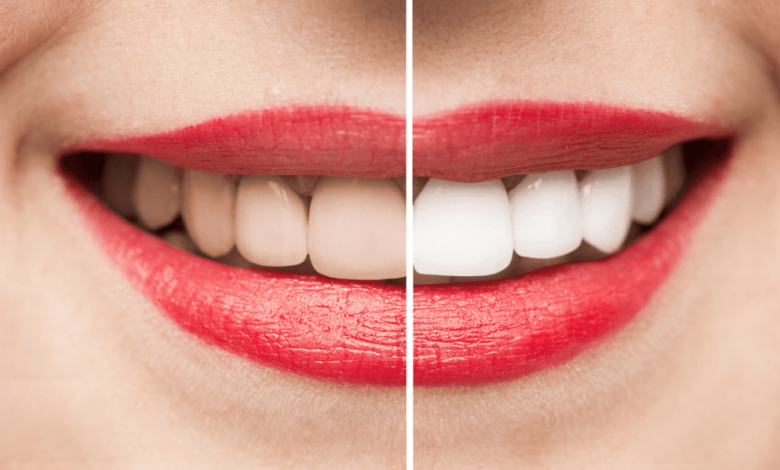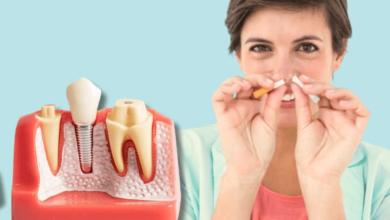The Surprising Ways Your Diet Could Be Staining Your Teeth

Our skilled dentist in Brookline, MA, understands how a person’s diet can impact the health and appearance of their teeth. While many of our patients are aware of the importance of regular brushing and flossing, few realize the surprising ways in which their diet could be staining their teeth. From the morning cup of coffee to the evening glass of red wine, and from berries to balsamic vinegar, certain foods and drinks can cause unsightly stains and discoloration.
In this article, we’ll explore the unexpected culprits behind tooth staining, and provide tips and advice on how to maintain a healthy, white smile despite the challenges posed by your diet.
The Usual Suspects: Coffee, Tea, And Red Wine
It’s no secret that coffee, tea, and red wine can stain teeth. These beverages contain chromogens and intense pigments that can bind to tooth enamel and cause discoloration. However, it’s not just the amount of these drinks that matters, but also how they’re consumed. For example, sipping coffee or tea slowly over a prolonged period can increase the risk of staining, as the liquid has more time to come into contact with the teeth.
Read also: Green Apple CBD Gummies are the Best Natural Health Product
Beyond The Obvious: Surprising Foods That Can Stain Teeth
While coffee, tea, and red wine are well-known culprits, many other foods and drinks can cause tooth discoloration. Some surprising examples include:
- Berries: Blueberries, raspberries, and strawberries are all rich in chromogens, which can cause purple or blue stains on teeth.
- Soy sauce: This savory condiment contains intense pigments that can bind to tooth enamel and cause discoloration.
- Balsamic vinegar: The dark color of balsamic vinegar can transfer to teeth, causing unsightly stains.
- Curry: The vibrant yellow and orange pigments in curry can cause tooth discoloration, especially if good oral hygiene practices are not followed.
- Beets: The deep red color of beets can cause pink or red stains on teeth.
The Role of Acidity in Tooth Staining
In addition to chromogens, acidity is another key factor in tooth staining. Acidic foods and drinks can erode tooth enamel, making it more susceptible to discoloration. Some examples of acidic foods and drinks include:
- Citrus fruits and juices
- Sports drinks
- Energy drinks
- Tomatoes and tomato-based sauces
How to Minimize The Risks of Tooth Staining?
While it’s impossible to eliminate the risk of tooth staining, there are several steps you can take to minimize the risks:
- Practice good oral hygiene: Brush your teeth at least twice a day with fluoride toothpaste, and floss once a day to remove plaque and bacteria.
- Rinse your mouth: After consuming foods or drinks that can stain teeth, rinse your mouth with water to help neutralize the acidity and reduce the risk of discoloration.
- Use a straw: When drinking beverages that can stain teeth, use a straw to minimize contact between the liquid and your teeth.
- Visit your dentist regularly: Regular dental check-ups can help identify any oral health issues, including tooth staining, and provide opportunities for prevention and treatment.
Final Note
The foods and drinks we consume can have a profound impact on the color and health of our teeth. By being mindful of the surprising ways in which our diet can cause tooth staining, we can take proactive steps to protect our smiles. Whether it’s rinsing with water after meals, using a straw when drinking dark beverages, or scheduling regular cleanings with your dentist, there are many simple and effective ways to maintain a healthy, white smile. By making informed choices about our diet and oral hygiene habits, we can enjoy a confident, radiant smile for years to come.




